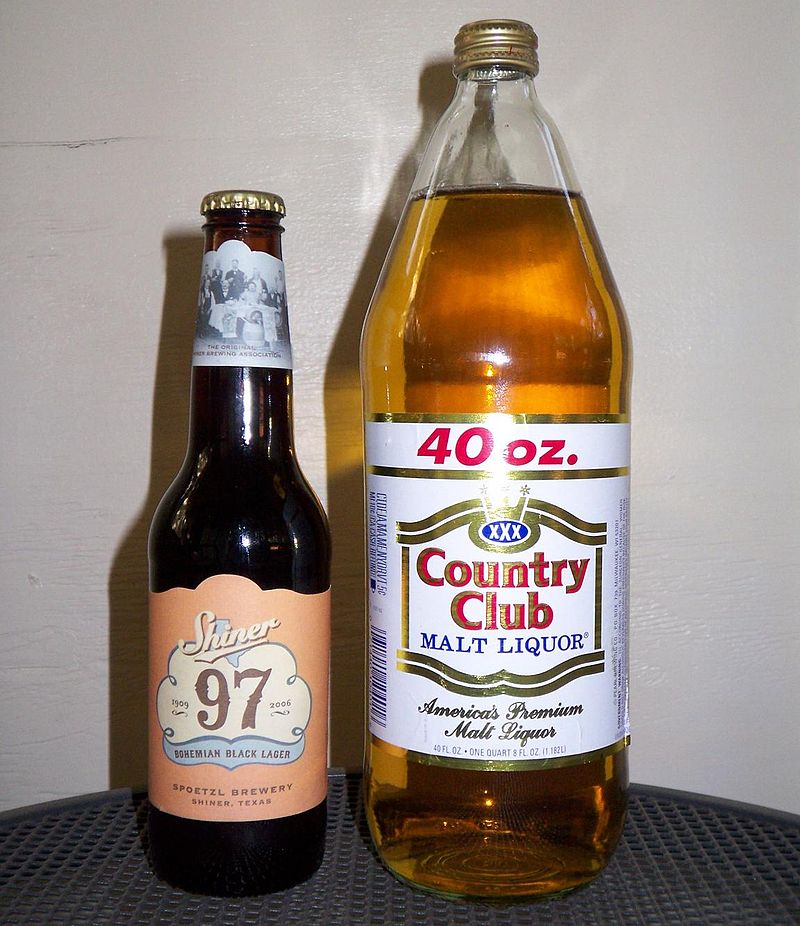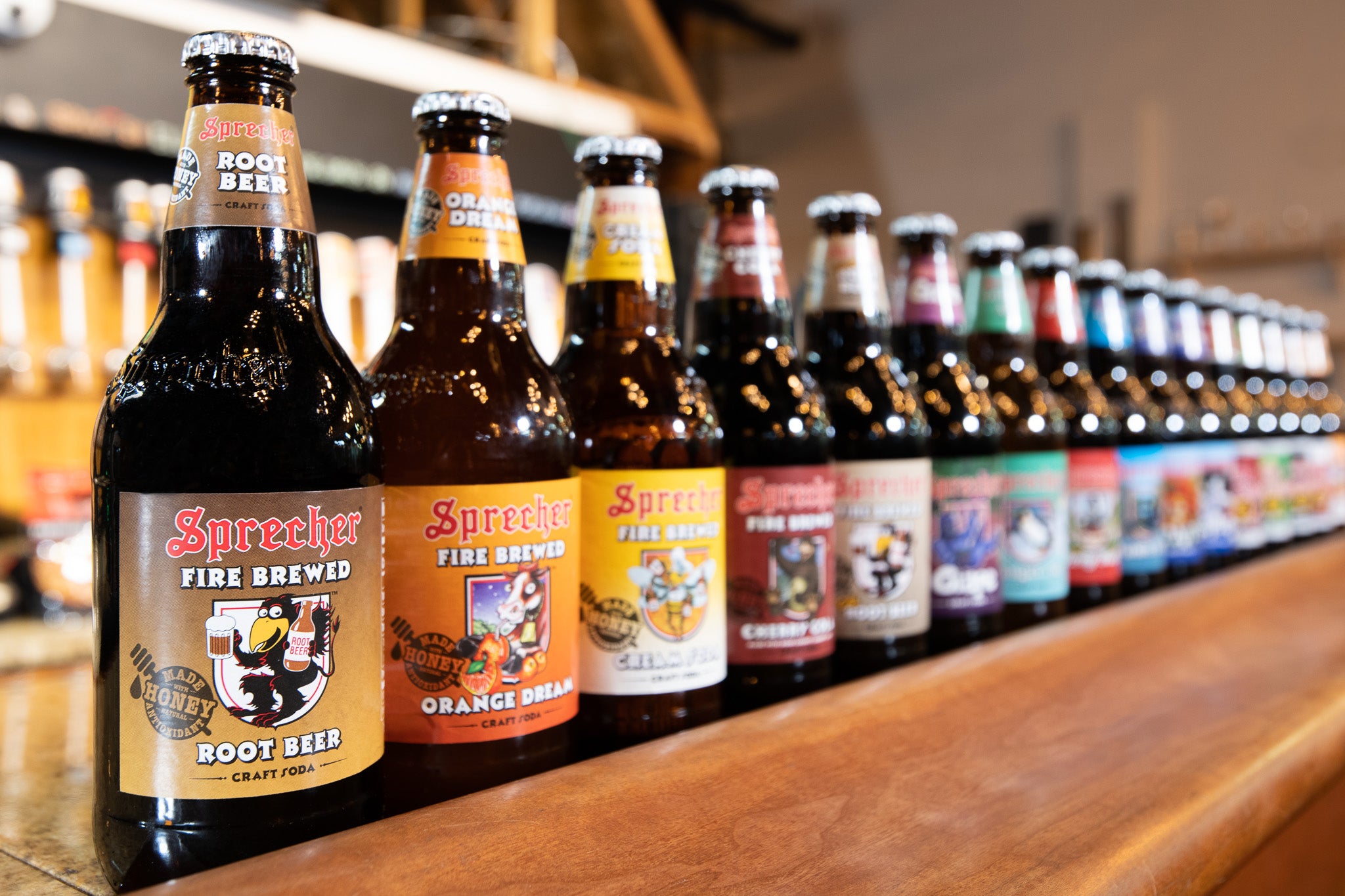Seawall Bar: The Very Best Drinks with a Sea View in Galveston
Seawall Bar: The Very Best Drinks with a Sea View in Galveston
Blog Article
From Mash to Container: The Details of Craft Distillery Manufacturing Revealed
Craft distillery production is a thorough process that entails a collection of intricate steps to transform raw ingredients into a refined spirit ready for usage. From the preliminary stages of mash prep work to the last touches of identifying and bottling, each stage of production plays a critical duty fit the character and top quality of the end product (Breweries in Galveston Texas). As we unravel the complexities of craft distillery production, we will certainly reveal the virtuosity and scientific research behind each step, dropping light on the concealed world that finishes in the creation of a one-of-a-kind and exceptional spirit
The Art of Mash Prep Work
Mash preparation in craft distillery production is a careful process that lays the structure for the top quality and flavor account of the final distilled spirits. The art of mash prep work includes integrating grains such as barley, corn, rye, or wheat with water and enzymes to transform the starches right into fermentable sugars. This critical action needs precision in the choice of grains, water quality, and enzyme activity to make certain optimum sugar extraction during fermentation.
Craft distilleries take wonderful care in sourcing top quality grains as they directly influence the preference and character of the spirits. The percentages of various grains used in the mash bill are additionally very carefully calculated to achieve the preferred taste profile. Additionally, aspects such as water temperature, pH degrees, and mixing strategies play a significant duty in the mashing procedure.
When the mash is prepared, it goes through fermentation, where yeast is added to transform sugars right into alcohol. The high quality of the mash directly influences the efficiency of fermentation and ultimately, the total quality of the distilled spirits. Craft distilleries satisfaction themselves on their interest to information during mash prep work, identifying its relevance in creating exceptional spirits.
Fermentation: Transforming Active Ingredients Into Alcohol
How do craft distilleries transform carefully prepared ingredients into alcohol with the procedure of fermentation? Fermentation is a crucial action in craft distillery production where yeast communicates with sugars to create alcohol. After the mash preparation stage, the fluid, known as wort, is transferred to fermentation tanks. Yeast is then included in the wort, where it takes in the sugars existing in the blend, converting them into alcohol and carbon dioxide.

Throughout fermentation, the temperature and setting are very closely kept an eye on to ensure optimum problems for yeast activity. This process commonly takes several days to a week, depending upon the preferred alcohol material and taste profile. As the yeast works its magic, the fluid undertakes considerable chemical adjustments, leading to the development of alcohol.
Once fermentation is complete, the resulting liquid is known as the clean or beer. This alcoholic fluid acts as the structure for the succeeding distillation procedure, where it will certainly be transformed into the last spirit with mindful craftsmanship and accuracy methods.
Distillation Techniques and Tools
Using specific equipment and precise methods, craft distilleries use numerous distillation techniques to essence and fine-tune the alcohol content of the fermented laundry, ultimately shaping the personality and top quality of the last spirit. Purification is the process of separating alcohol from the fermented fluid with dissipation and condensation. Craft distilleries usually make use of pot stills, column stills, or hybrid stills in their distillation processes. Pot stills, including a pot and a swan neck, are understood for creating delicious spirits with rich textures. On the various other hand, column stills, which have multiple plates for distillation, are preferred for creating lighter and smoother spirits. Crossbreed stills integrate elements of both pot and column stills, supplying distillers flexibility in crafting a varied series of spirits. The option of still and the purification strategy utilized substantially influence the fragrance, taste, and total quality of the distilled spirit. Craft distillers frequently explore various devices arrangements and purification techniques to achieve one-of-a-kind and phenomenal spirits that mirror their creativity and knowledge.
Aging Refine: From Barrel to Bottle
With the distilled spirits currently prepared, the focus changes in the direction of the vital stage of the aging process, where the transformation from barrel to bottle imbues the fluid with unique flavors and features. Aging plays a critical function in the development of the spirit, as it interacts with the timber of the barrels. The selection of barrel type, whether oak, charred, or formerly used for various other you can check here spirits, significantly influences the final preference account. Throughout aging, the spirit undertakes a complicated collection of chemical reactions that improve its fragrance, color, and taste.

Bottling and Labeling: Last Touches
Upon conclusion of the aging process, the craft distillery meticulously wages the precise tasks of bottling and identifying, including the final touches that will certainly provide the spirit to customers. Bottling is a critical action that needs precision to make certain consistency in each container. Craft distilleries typically use automated bottling lines furnished with equipment such as fillers, cappers, and labelers to simplify the procedure. These makers assist keep efficiency while maintaining high quality requirements.
Identifying is another important element of the bottling process. Distilleries pay attention to classify design, ensuring it adheres to regulative demands while additionally conveying the brand name's identification. Tags often consist of crucial info like the spirit's name, alcohol web content, and beginning. Furthermore, some craft distilleries hand-label their bottles for a tailored touch, particularly for restricted edition launches.
When the bottles are filled up, sealed, and labeled, they undergo a final examination to assure they meet the distillery's requirements. This focus to detail in the labeling and bottling process a fantastic read shows the craft distillery's dedication to providing a costs product to customers.

Verdict
In verdict, the procedure of craft distillery manufacturing involves thorough actions such as mash prep work, fermentation, purification, aging, and bottling (Seawall Bar). Each phase calls for cautious focus to detail and customized devices to guarantee the last product fulfills high criteria of top quality. From changing components into alcohol to bottling and classifying the ended up item, craft distilleries showcase the art and scientific research behind producing premium spirits for discerning consumers
Craft distillery production is a careful procedure that entails a series of complex steps to change raw active ingredients into a polished spirit all set for consumption.Mash prep work in craft distillery manufacturing is a meticulous process that lays the structure for the high quality and taste profile of the last distilled spirits. Craft distilleries satisfaction themselves on their interest to detail during mash preparation, identifying its value in producing exceptional spirits.
Upon conclusion of the aging procedure, the craft distillery meticulously proceeds with the meticulous tasks of classifying and bottling, including the final touches that will certainly present the spirit to customers. From transforming components right into alcohol to bottling and classifying the ended up product, craft navigate here distilleries display the art and scientific research behind developing superior spirits for discerning customers.
Report this page